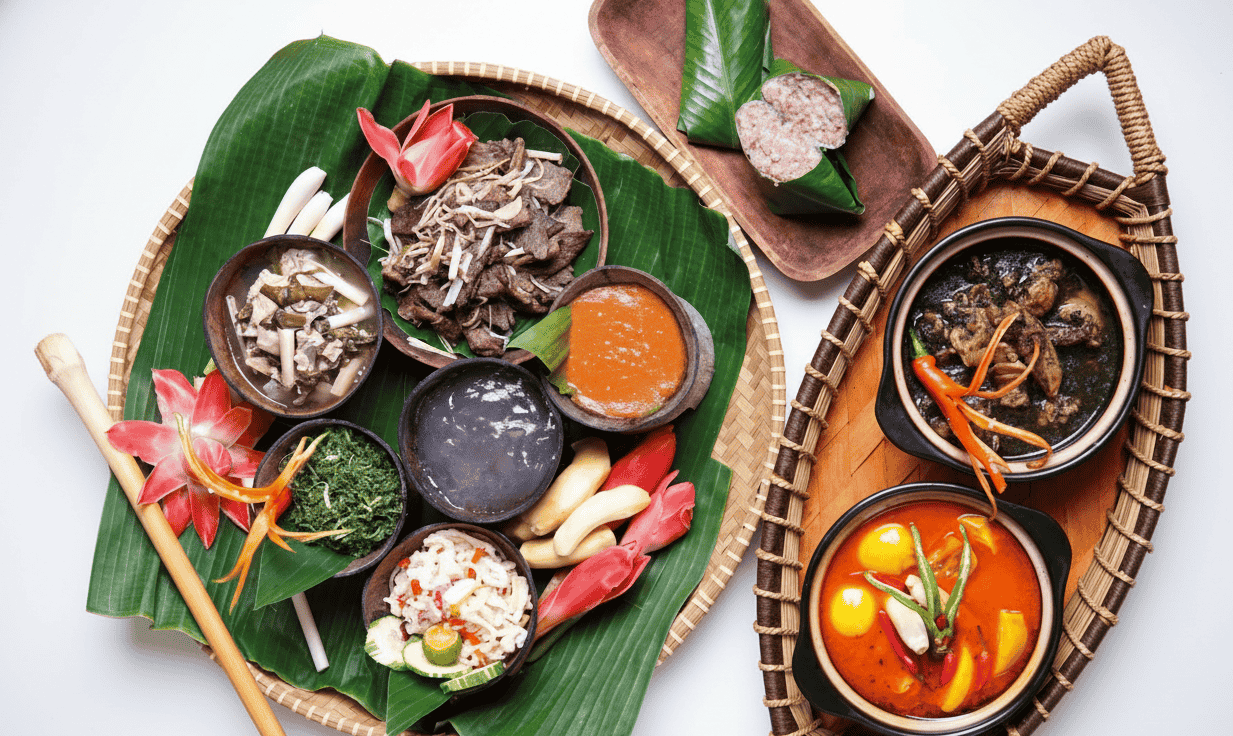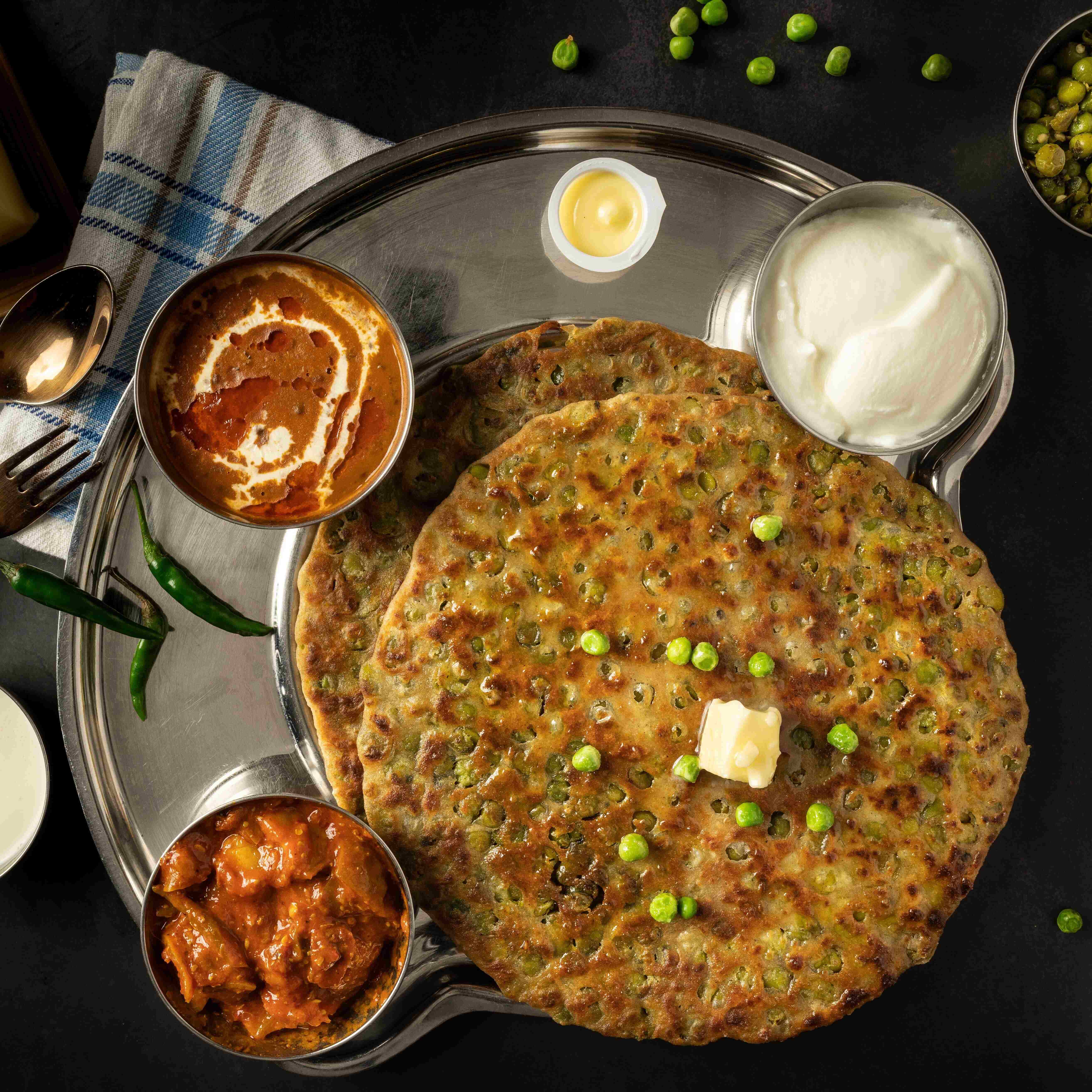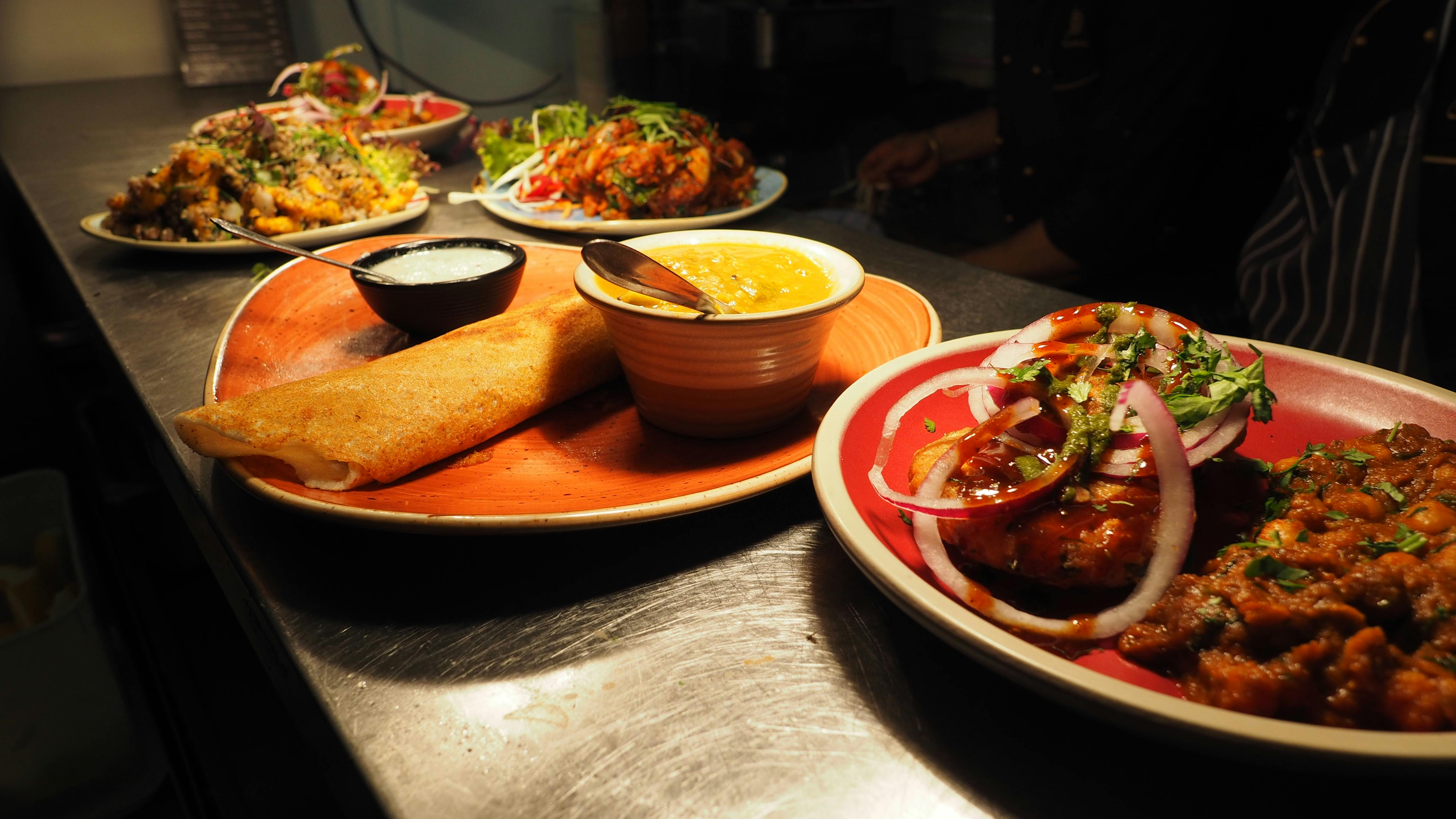Not Quite Chinese: Understanding the Indian Twist on Chinese Food
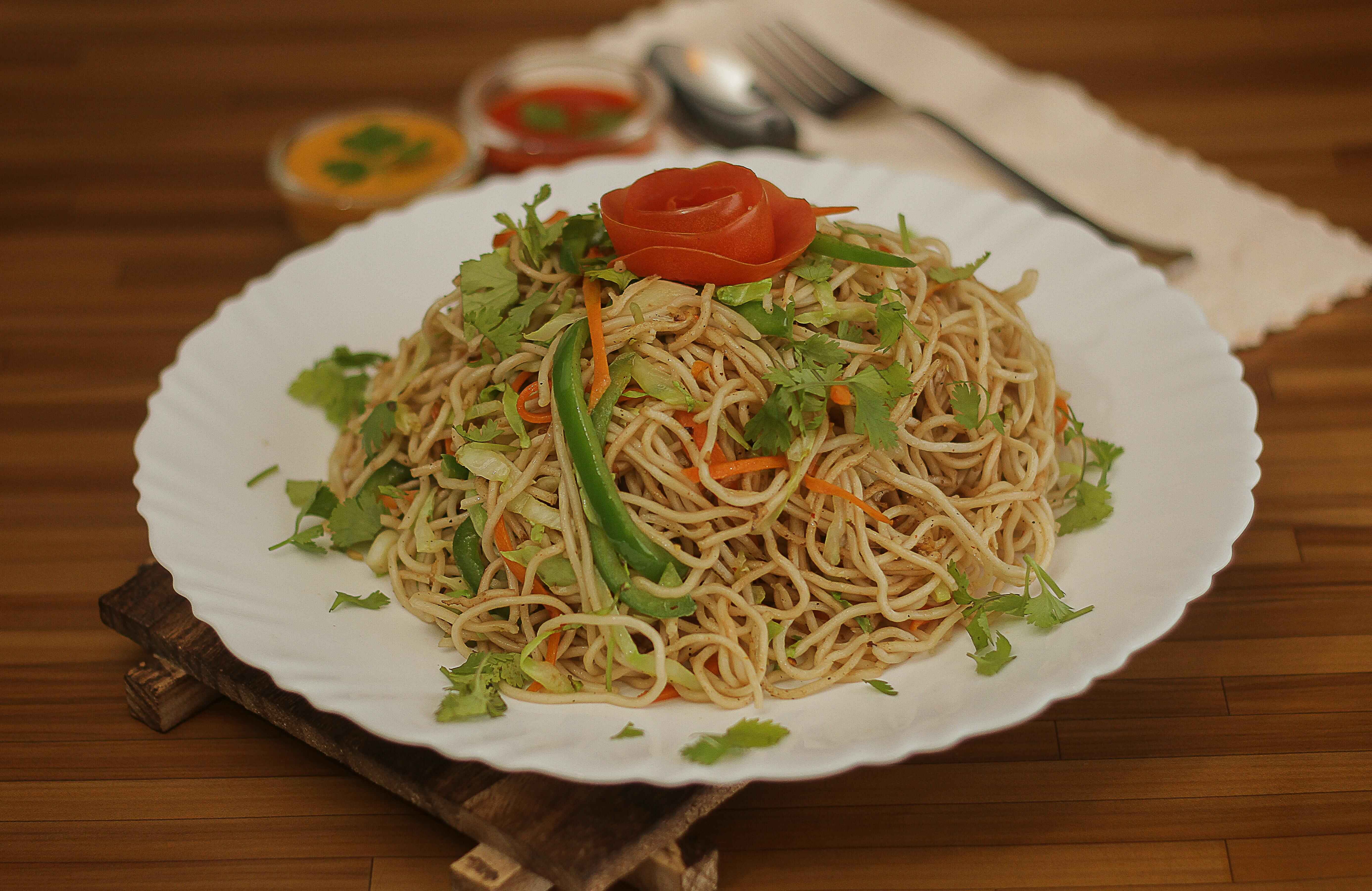
Indo-Chinese food is a classic category of Indian street food, so much so that it is one of the first list of items included when the discussion of street food comes up. Just the mention of dishes such as chowmein and momos is enough for most people’s mouths to start watering, but have we ever wondered why exactly it’s so appealing to us? For that, we�’re going to go back to the history of Indo-Chinese food and understand where it started.
The beginning of Indian-Chinese food is believed to have been in eighteenth century Kolkata, which was at the time right in the middle of the thriving trade route between Britain and China during the British colonial era of India. As a result, it was the point of interaction of traders and sellers from multiple countries, and there were also many people who moved to Kolkata for better employment. This included Chinese traders and workers, who settled in India and created their own Chinatown, of which many modern versions exist around the world today.
 These people were from several different regions in China but soon grew to be a community and would cook Chinese food both for themselves and to sell on the streets to other workers. There soon was established a Chinese restaurant, named Nanking, first of its kind. There was a surge in the popularity of Chinese food among both Indian and European people, thus leading to the opening of more restaurants and stalls.
These people were from several different regions in China but soon grew to be a community and would cook Chinese food both for themselves and to sell on the streets to other workers. There soon was established a Chinese restaurant, named Nanking, first of its kind. There was a surge in the popularity of Chinese food among both Indian and European people, thus leading to the opening of more restaurants and stalls.
It is believed that it was the Hakka Chinese community, based in a second Chinatown in Tangra, that began altering their restaurants’ food to suit Indian tastes. This hybrid cuisine caught on like wildfire and spread all over the country, endorsed by celebrities and sought out by civilians, where even the Taj Hotel opened their first Sichuan restaurant in Bombay, 1974.
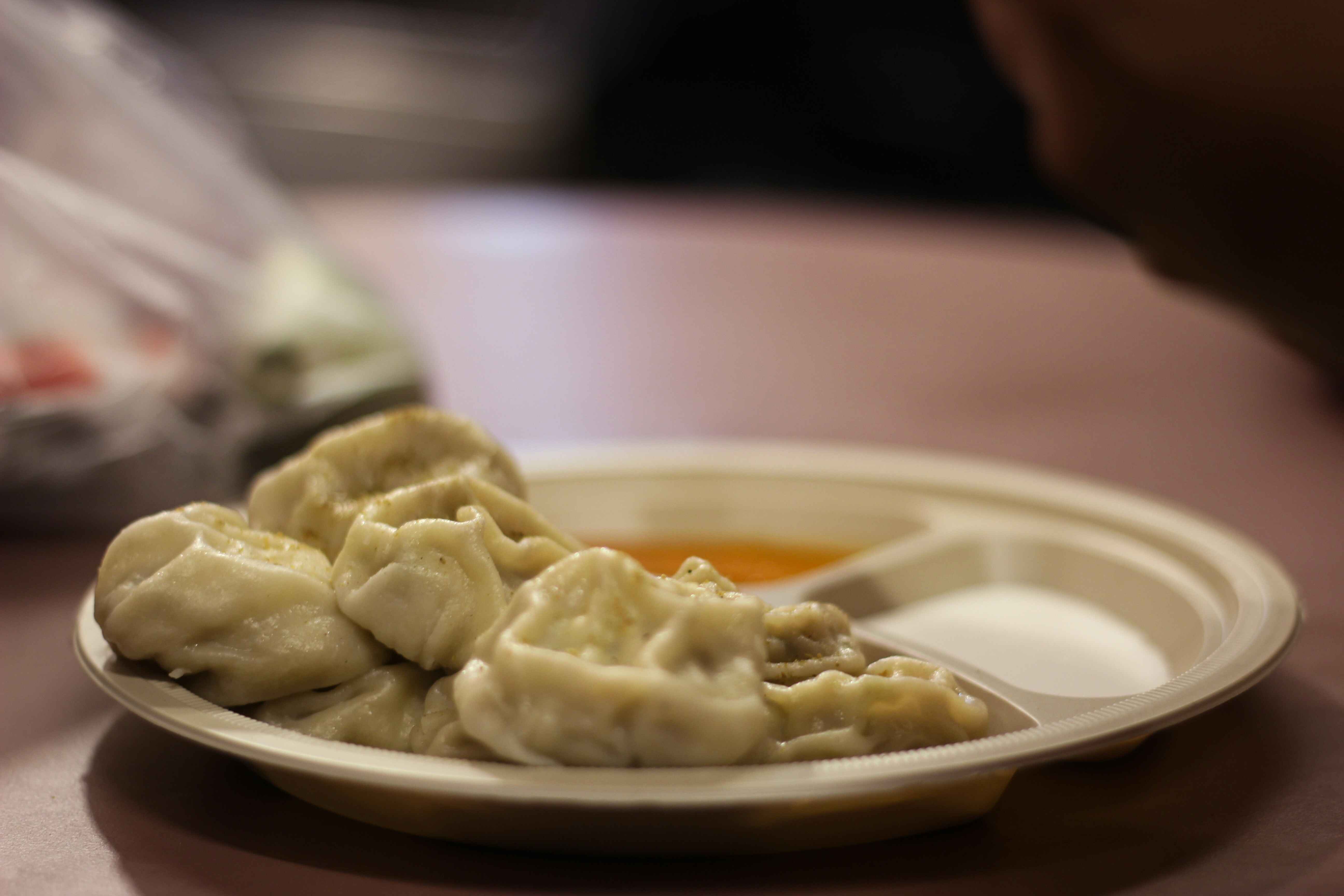 Further experiments with Chinese recipes and Indian spices led to the creation of many loved dishes today, an example being chicken manchurian, credited to a man named Nelson Wang who later opened up his own restaurants.
Further experiments with Chinese recipes and Indian spices led to the creation of many loved dishes today, an example being chicken manchurian, credited to a man named Nelson Wang who later opened up his own restaurants.
Further alteration was done to cater to India’s huge vegetarian population while maintaining the base of a couple sauces and spices to give the food its signature ‘Indian-Chinese’ taste. It is today a flourishing business with countless restaurants and staple dishes known by every Indian. It is considered comfort food and common takeout food due to the familiarity we have with the cuisine, especially since generations have grown up with it as a treat for when we don’t feel like cooking or are out with friends. This cuisine is a testament to not only how food carries culture, but how it can overcome cultural differences and bring communities together.

